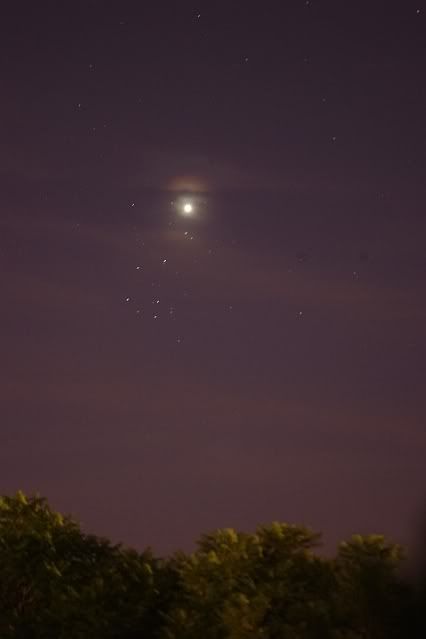Images
taken at Largs Bay, South Australia 4 March 2013. Pentax Kx using wide
and tele zoom lenses. Exposures 10 to 30 seconds. ISO 400 to 1600.
Comet closest approach to Earth on 5 March 2013. Misses us by 163 million km!
View from the foreshore at Largs looking west over Gulf St Vincent just after sunset.
Crop from image above
Further
crop form previous image. Compressed image scale horizontally to reduce
diurnal trailing in 20 sec exposure. (Image rotated to accommodate).
Comet hovers over Largs Jetty as it heads toward setting.
Comet now low over the horizon and reddened by atmospheric extinction. Refracted lights at York Peninsula normally beyond horizon appear lower right.

